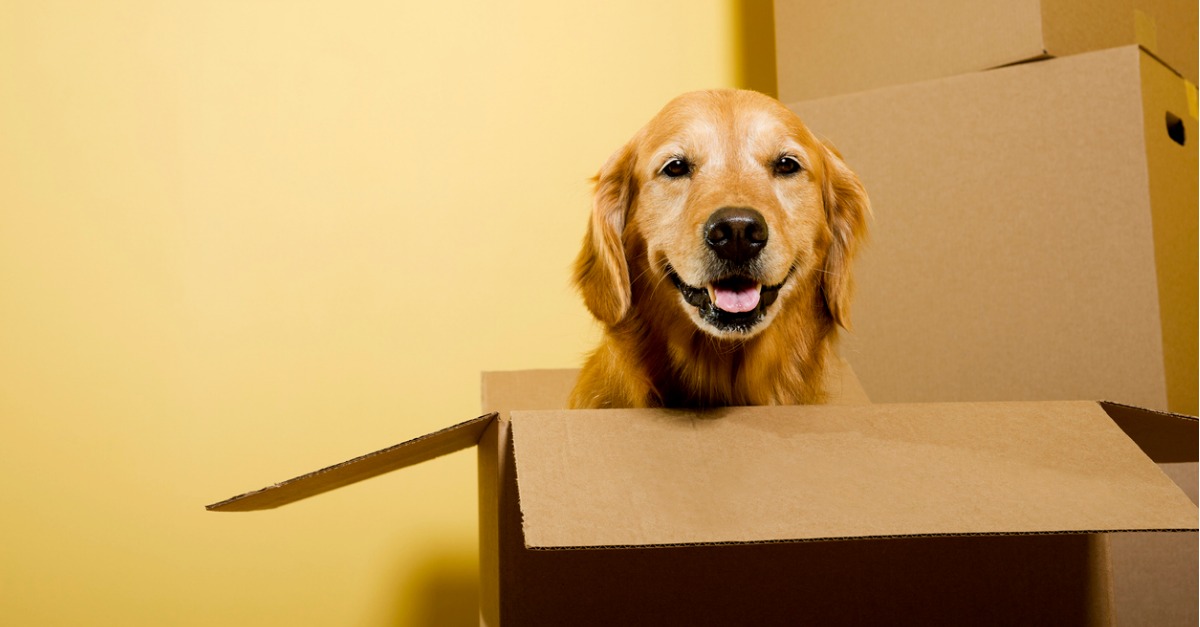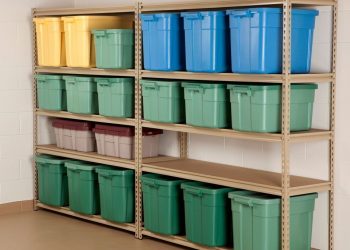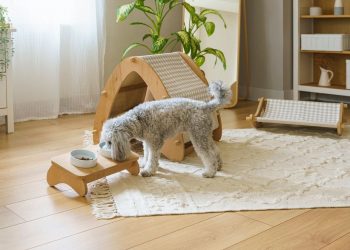Buying a home or moving into an apartment is exciting, but some pet owners might not realize relocating to an unfamiliar place is often stressful and confusing for their furry friends. Throughout the moving process, you’ll want to ensure your pet remains safe and comfortable. Luckily, the moving experts at Mayflower offer the following tips to help you smooth your pet’s transition:
Stick to a Routine
Your regular routines are likely going to be disrupted as you plan for and execute a relocation. But it’s important to minimize the disruption in your pet’s routine as much as possible to avoid problems down the road. Try to stick with the pet’s regular schedule of feeding, exercise and playtime.
Keep Them Occupied
If you’re selling a house, there will be many strangers around in the coming months, including real estate agents, potential buyers and inspectors. Make plans to keep your pet occupied during these times. Perhaps your pet should be confined to a familiar crate in order to feel safe when newcomers are in the house. A particularly sensitive animal might do better staying with a neighbor or at a kennel during these times.
Double-Check IDs
Before the move, ensure your pet has proper identification with your name and emergency contact information. In addition to the permanent ID and rabies tag, you might want to consider chip identification for your pet, since you’ll soon be living in unfamiliar surroundings.
Airline Transportation
If you’re moving your pet by airplane, contact the airline you’ll be flying for rules and regulations, transportation charges and container/carrier requirements. Make your reservations well in advance because pet approval is granted on a first-come, first-served basis.
Make a Travel Kit
If you’re moving your pet by car, start making a list of items you’ll need for a designated pet travel kit, including a carrier, collapsible dishes, favorite toys, water, food and treats. If your pet isn’t used to car travel, start practicing with short trips around the neighborhood. If necessary, ask your vet about tranquilizers to relax the animal.
Let Dogs Explore
After moving into a new home, immediately walk your dog around the neighborhood to build familiarity with the new area. Establish roaming boundaries in the yard, and help your dog become accustomed to the new environment by maintaining a regular feeding and walking schedule.
Expose Cats Slowly
Try not to expose your cat to your new living arrangements all at once. It’s a good idea to limit the number of rooms the cat can explore and gradually expand boundaries. Surround the cat with familiar items during the move to reduce stress, and after relocating, don’t let your cat outside until establishing familiarity with the new living environment to reduce the risk of running away.
Create a Familiar Space
Because you’re in a new home, often with new décor and furniture, you may be tempted to replace your pet’s old favorites, too. But it’s better to use your pet’s familiar food and water dishes, bed, blanket and toys to provide a sense of security and comfort. Try to keep things in the same locations as they were in your previous residence, as well.











